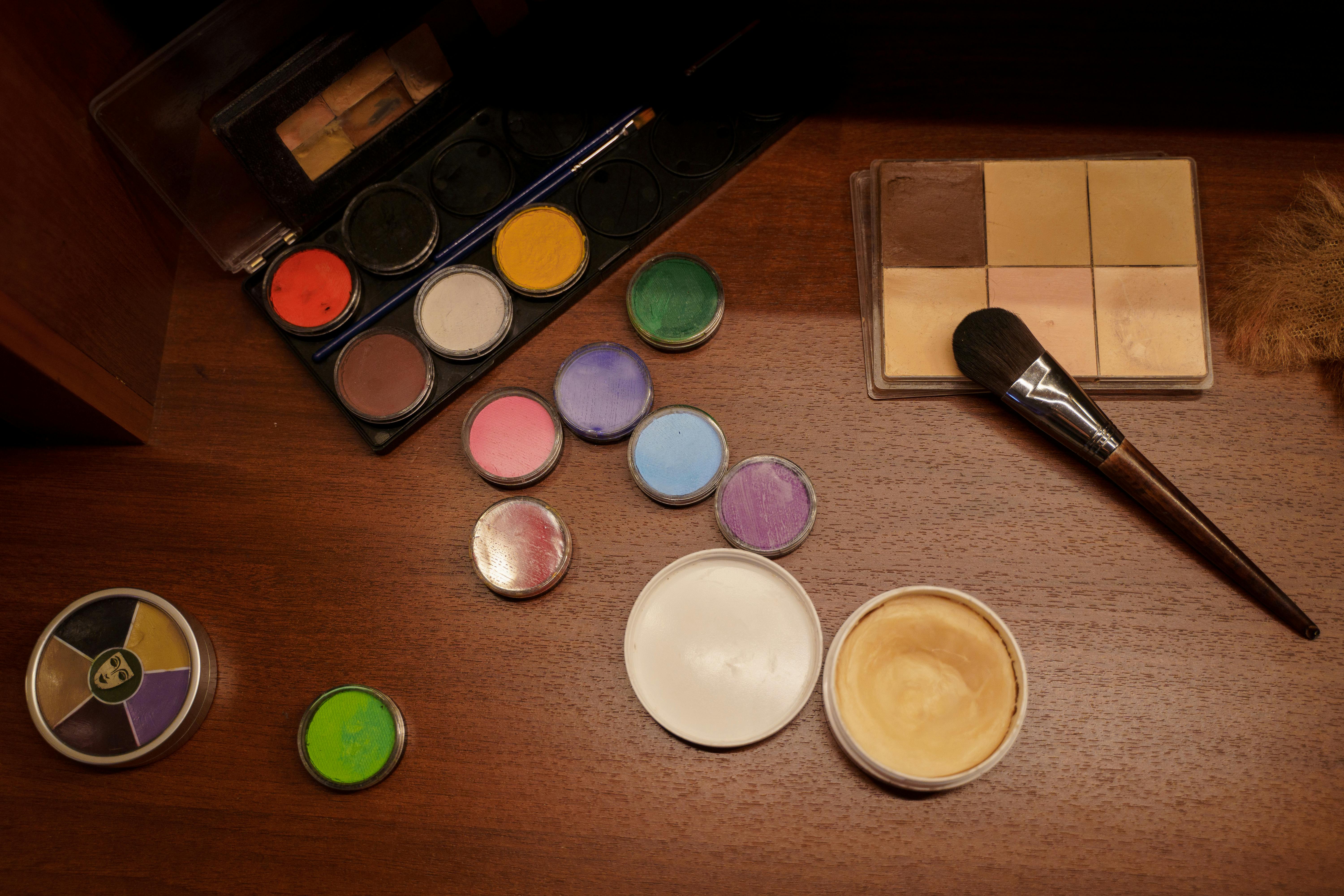If you were to travel to South America to study the colors of chinchillas, you would be surprised to know that all of these animals, in their homeland, are roughly the same color. But once man started raising them, all that changed.
If you are choosing a chinchilla as a pet, or even for display, you have a wide variety to choose from. When talking about chinchilla colors, it is always best to start with what breeders call standard. This is what is considered the desired color. And the standard is probably closer to the animals that are still found in the mountains. They are essentially gray on the back and sides with a crisp white belly.
Beige chinchillas come in a spectrum of shades from light to dark. Of course, they are beige in color and also have the characteristic white belly of the standard. Additionally, a beige chinchilla can be identified by its red eyes and pink ears, which may even have freckles.
The Ebony version of the chinchilla colors ranges from gray to solid black. These guys don’t have white bellies, but gray ones. You will even find some animals that have a black belly.
At a quick glance, the tan chinchilla can look like fawn ones. But you will notice that they do not have white bellies. Instead, they are solid brown in color. You may find what some call “pastels,” which are just a lighter version of the tan.
The black velvet chinchilla is glossy black on the back and transforms into a lighter shade as the color runs down its sides. A notable feature is the white belly and the general blue hue of the coat.
When it comes to white chinchillas, they come in many variations. But what you are sure to see most often is a sheer white coat (even the belly is white) along with red eyes and pink ears. Sometimes you will see that the ears are freckled.
That brings us to a color called mosaic. And this is exactly what you would expect from this description. It is a combination of white and standard color. This variation has gray spots on its fur. His eyes and ears, by the way, are dark. You can also find a reverse mosaic. This simply means that the chinchilla has more gray than white.
The purple chinchilla is not really purple. But they are a striking, soft-looking gray with a beautiful shade of blue. You can also find a variation of violet called sapphire. The coloration of this animal is bluer than the standard violet.
One of the rarest chinchilla colors is what is known as a gold bar. This animal’s fur really looks golden, especially on its back. It will turn white when it cascades to its sides and moves into a white belly. And the eyes of this animal are usually dark red.
Regardless of which color you choose, you can be sure that all chinchilla colors are incredibly beautiful. It is one of the traits that gives them their reputation. You can be a bit more serious when choosing a chinchilla if you plan to display it. But rest assured, you will love your pet no matter what color it is.
